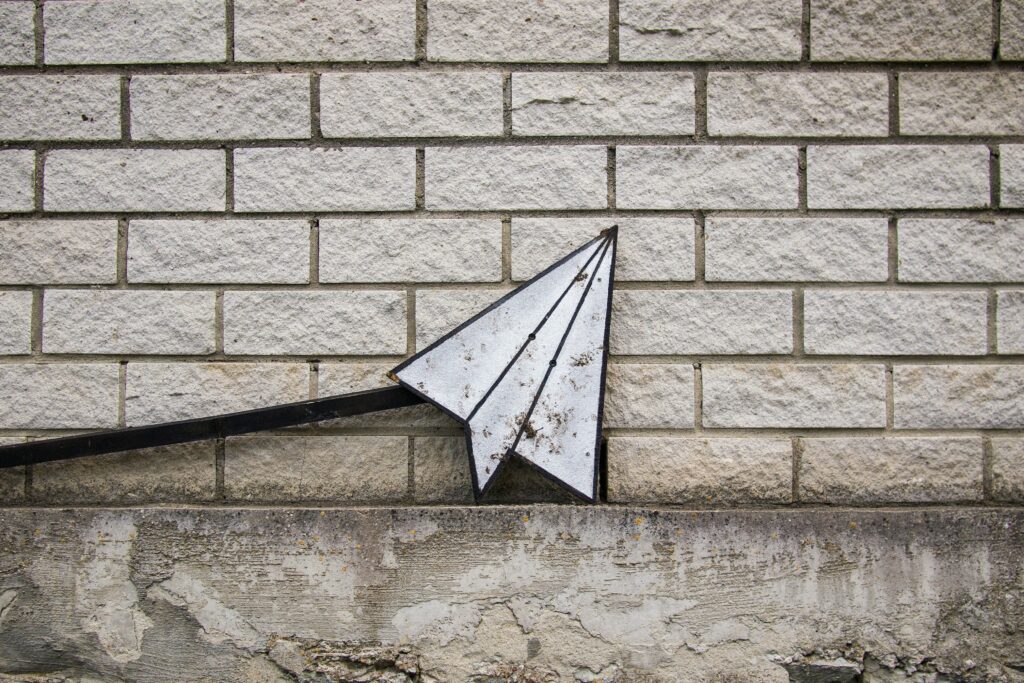Distribute your release and get media coverage like a pro.
You’ve done it! You’ve spent time and resources crafting the perfect press release. It has everything: it answers the five Ws, it has a great headline, it has plenty of information in the editor’s notes, and it’s all but guaranteed to get everyone who reads it interested in your announcement. There’s just one thing left to do: distribute your release and get media coverage.
So, you just build up a list of every journalist you can find and send it out, right? Not quite.
Sending a press release is an art form in itself. Sending it to the right people at the right time is critical for getting the media coverage your release deserves. That’s why we put together this guide to let you in on our process and top tips for gaining the attention of top-tier journalists around the world.

Build a List of Journalists and Publications
First, you want to build up a list of journalists, reporters, influencers, publications, websites, and other locations where you may get media coverage for your press release.
But what kinds of journalists should go on the list? Look for people who:
- Select journalists who’ve previously covered your business; these are your most engaged audience.
- Experts within your industry.
- Write for publications that may be interested in your brand.
You won’t necessarily get much traction if you only aim for the top-tier publications. Still, you will also not see tangible returns if you only submit to low-quality press release aggregators. You want a focused but wide-ranging distribution list.
Building a database can be helpful. You can use this database any time you have a press release to send out.
It should include a primary column for the publication, and then additional columns for:
- The name of the person you will be contacting for the publication.
- The email address for the person you will send your press release to.
- The time zone the journalist is in.
- Special considerations, such as whether the journalist has covered you favorably in the past.
- Any special notes about the submission process, such as whether or not they only accept press releases on certain days.
- A record of any press releases they have published or written about in the past (or cases where you sent one and were ignored.
Sometimes, finding contact information for journalists is easy. They might just publish it in their social media bios, author profiles, or websites.
PR Fire has an active distribution database of 1.8 million media contacts spanning 200 countries, including journalists, bloggers, influencers, and podcasters. We use this database when custom-building your distribution campaigns.

Create a Compelling Email Subject Line
Sometimes, your press release headline can serve as an email subject line. In most cases, though, you’ll want something more compelling (and often a little shorter) for your email line.
First, you have very little space for a subject line. While email specifications allow up to 998 characters in a subject line, many email systems don’t display more than 60 characters. You want to keep your subject short, around 8-10 words.
Leave out the emojis. While you can use them if you’re careful, it’s often better not to, unless you have a good reason. Remember, too, that different operating systems render emojis differently. Similarly, play carefully with punctuation, and don’t overdo it.
Write Your Pitch Email
The bulk of your email will be your press release, but you generally want something like 3-5 sentences prior to the press release to convince the journalist why they want to cover your announcement.
Remember the five Ws, the Who/What/When/Where/Why? You cover these in your press release but want to cover them again in your pitch, preferably with a personalised spin for the journalist you’re emailing. It’s not why your audience should care, it’s why their audience should care.

Include the Full Press Release in the Body
Next up, you’ll want to include some kind of horizontal divider, even if it’s just a series of —– or ===== to divide the email from the press release.
Then, paste in your full press release. Leave out any images or attachments, of course. You want this press release to be fully available to the journalist right there in the email.
Proofread Your Email and Press Release
It’s incredibly easy for a typo or error to slip through the cracks into your outreach email.
Even if you think you’ve typed everything perfectly and read it several times, the brain has a way of skipping over or ignoring a mistake when you least expect it. You want to review your email and release it another time before sending it.
Whatever tricks you use to proofread your pitch email, make sure you do so well in advance of sending it. The last thing you want to do is spot an error right after hitting send.
Pick the Right Time to Send Your Press Release
Timing is everything when it comes to press releases.
Some elements of timing are predictable, and others are debatable, but it’s essential to pick a time that has the best chance of getting you media coverage.
Send your press release on a Monday or Tuesday. The later in the week you send your release, the less likely you are to get media coverage, since most media sites already have their editorial calendars filled out by then.
Be wary of special days. Holidays might mean a journalist is out of the office, and fiscal reporting days can mean they’re flooded with other press releases. You want to avoid competition if you can.

Pro Tips for Excellent Press Release Emails
Once you have all of the above set up, you’re ready to hit send. Before you do, consider some of these pro tips to ensure your press release has the greatest possible chance of being covered.
Tips to Contact Journalists: Personalise your emails.
Whenever possible, personalise the emails you send to journalists. Yes, this takes a lot more time and means you can’t just send the same email to hundreds of journalists. But it will dramatically increase the rate of success with getting media coverage.
Remember, journalists are used to receiving dozens of press releases every week. They have seen and can recognise a templated email from a mile away. A customised email that mentions previous media coverage, a past relationship, or a concern they have can gain a lot more mileage.
Tip: Include contact information that you monitor.
Sometimes, your journalist will want more information, an exclusive quote, or another big of added value from you while they write their story. How can they get it? A great option is to include contact information in your email.
Not just any contact information, though; don’t just use your general business inquiries email or supprt@company.com email. Give them an exclusive, direct line to your management, which has a much greater chance of being seen and responded to by a leader in your organisation.
Tip: Use a top-tier press release service.
Sometimes, sending out a press release is just too much work. It can take a lot of time and resources away from other areas of your business. So, why not let the pros handle it?
PR Fire is the UK’s leading press release distribution service. Our goal is always to create a custom media list for each and every distribution campaign we work on.
We prioritise relevancy over list size, but typically each list will contain approximately 500 contacts. We use the press release content, key search terms, your guidelines in the industries and sub-sectors of those industries, plus geo-location preferences to build the list for you. We’re also happy to take any suggestions from our clients on publications or journalists they’d like to target to ensure we’re including those, too.
Put our skills to the test and give your content the visibility it deserves.
Order today online here or book a call with us to find out more here.
